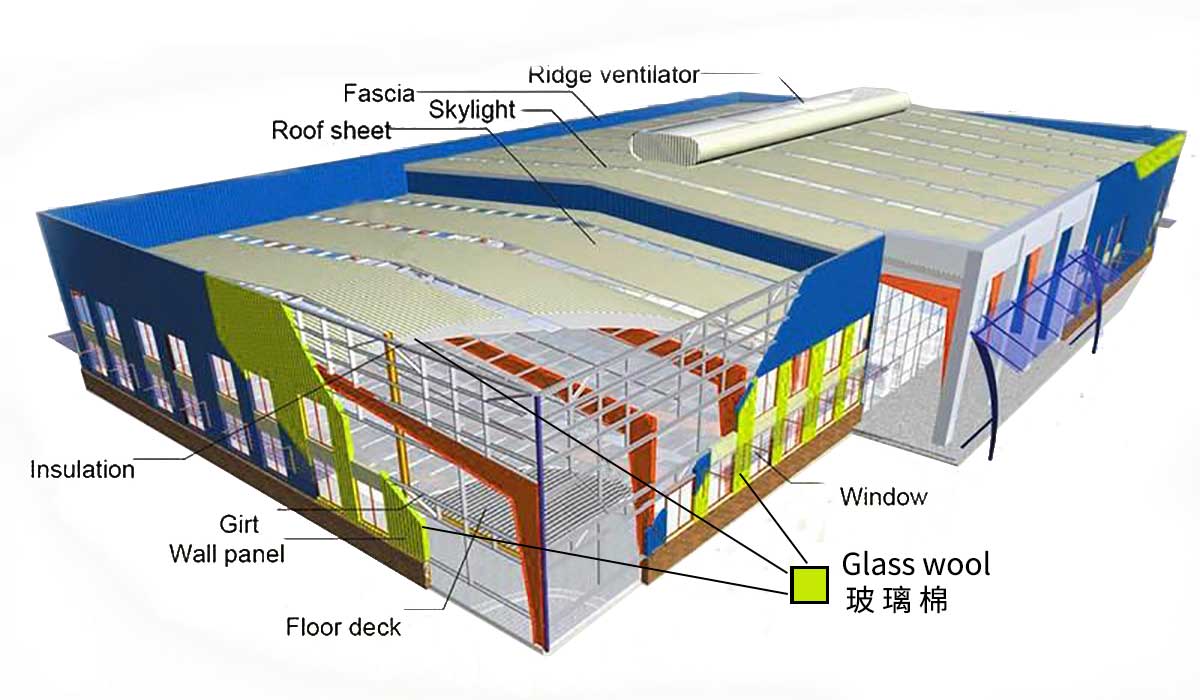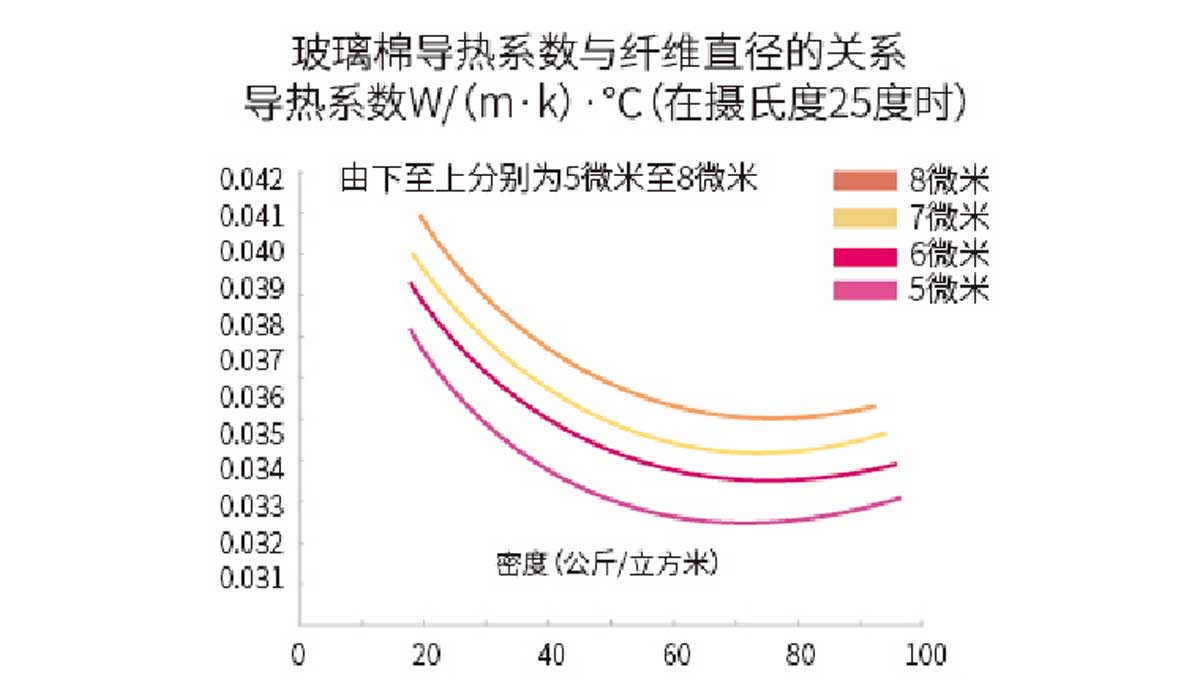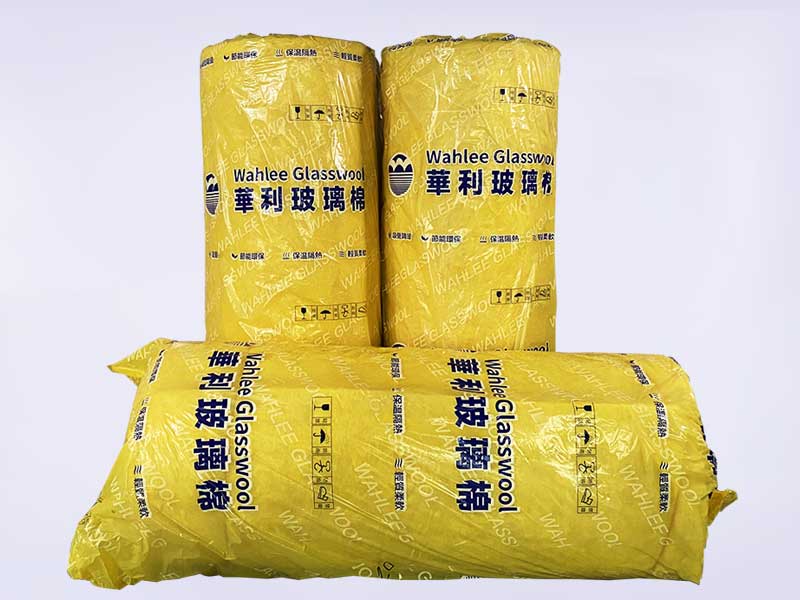| Introduction
| Performance
1. The requirement for maintaining the thermal resistance value (R value) of the structure is determined by the climate conditions of the building location: R=T/K (T - thickness of glass wool felt, K - thermal conductivity of glass wool felt), so that the required specifications of glass wool felt can be calculated< Br> 2. Requirements for controlling condensation and condensation in the working environment of buildings: In addition to being related to the temperature of the working environment, condensation and condensation are also related to the relative humidity of the indoor air. To control condensation and condensation, it is required to use thermal calculations and responsive glass wool felt to make the surface temperature inside the building higher than the dew point temperature.
| Performance | technical requirement | Executive standards |
| Moisture absorption | ≤5% | GB/T5480 |
| Corrosive parts | meet a requirement | GB/T 17393 |
| mold resistance | meet a requirement | GB/T |
| Combustion component energy | Flame propagation: 25, smoke dispersion: 50 A grade non combustible material | ASTM E84 GB 8624 |
| formaldehyde emission | meet a requirement E11 | GB 18580 |
| Moisture permeability | Maximum 0.013g/24H·m²·mm mercury | ASTM E95 GB/T 17146-1997 |
| Density(kg/m³) | 12 | 14 | 16 | 20 | 24 | |
| thermal conductivity K(W/m.°c) | 0.043 | 0.040 | 0.039 | 0.037 | 0.036 | |
| R-thermal resistance value K (W/m.c) @ thickness (mm) | 50 | 1.16 | 1.25 | 1.28 | 1.35 | 1.38 |
| 75 | 1.74 | 1.87 | 1.92 | 2.02 | 2.08 | |
| 100 | 2.32 | 2.50 | 2.56 | 2.70 | 2.77 | |




